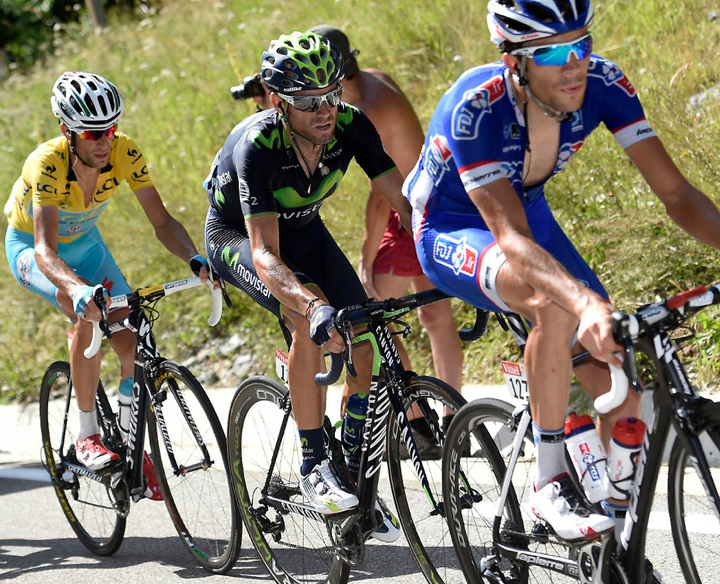Ask the Expert: New Instructor Needs Help With Using Music
This is a great question for new instructors about how often to repeat music and profiles. I give my advice, but I’d love it if some of you longtime instructors can share what your experience with this is. It may partially depend on the market and culture of your facility, but mostly it depends on your style and tolerance.Read more…










